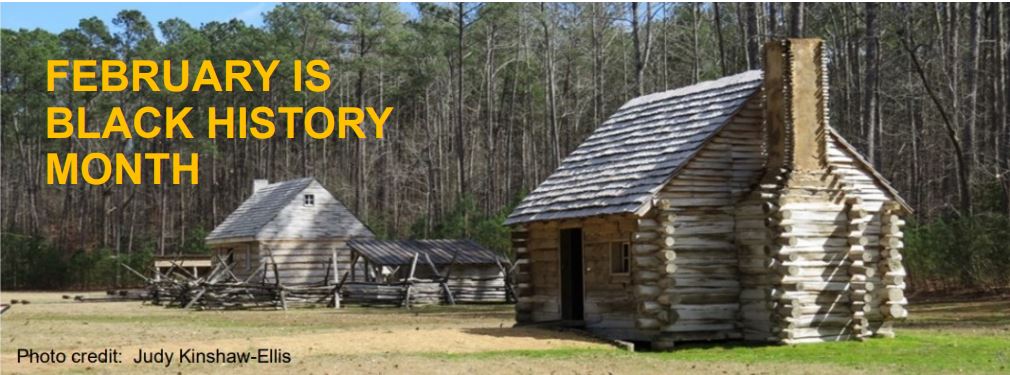BLACK HISTORY, HOW FREED SLAVES SURVIVED IN FREEDOM PARK
In 1803, 27-year-old William Ludwell Lee died and in his will freed his slaves. Less than ten years earlier, Lee had inherited nearly 8700 acres and property that included 54 enslaved people ages 16 and older, 11 children ages 12 to 16, and a few children who were 11 and younger. While there is no evidence that Lee freed any enslaved people during his lifetime, upon his death, his slaves were freed effective January 1 in the year following his death (1804).
Hot Tract Became Home – His will also stated that the freed slaves would be provided “comfortable homes” and a “year’s supply of corn.” It took some time for the executor of the will to interpret what a comfortable home would be and have homes constructed. While some of the originally enslaved people left the area, the Hot Water Tract became a safe haven for free Black people of the time. It was home to free Blacks for the first half of the nineteenth century.
Forests As a Food Resource – Tree Stewards in the 2018 class investigated how those early settlers would have used trees and woody plants but found that was too broad of a subject for a project. The team narrowed the focus to what trees and woody plants the settlers might have depended on for food. During the last five years, many trees and woody plants have been identified and labeled and additional trees and shrubs have been planted.
Native Fruits – The Settlement area currently has Muscadine grapes, huckleberries, blueberries, pawpaws, hickories, and a walnut tree. Additionally, during this time, people would have used acorns for flour, and there are mature oak trees. Native seedlings that have been planted include hackberries, elderberries, persimmons, beautyberries, and passion vine seeds. Because the time period for the Settlement is the first half of the nineteenth century, apple trees would have been present in the region, so apple trees were also planted near the cabins.
New Authentic Plantings – This year, three areas will be planted with shrubs that would naturally grow in clumps. Planting the shrubs together will also make them easier to fence and protect from deer. Highbush blueberries, hazelnuts, and chokecherries will be installed in March. Two mulberry trees will also be planted.
Kitchen Gardens – Last fall, the kitchen garden beds at the front of two cabins were rebuilt. In the past, the gardens were planted and maintained, but they have not been planted for years. Deer browsing complicates vegetable gardening in the Settlement. While all these plants would not have grown right next to the cabins, they would have been in the nearby woods and Settlers would have foraged for them when they were in season. Next time you are at Freedom Park, stop by the Settlement and take a look at what is growing now.

